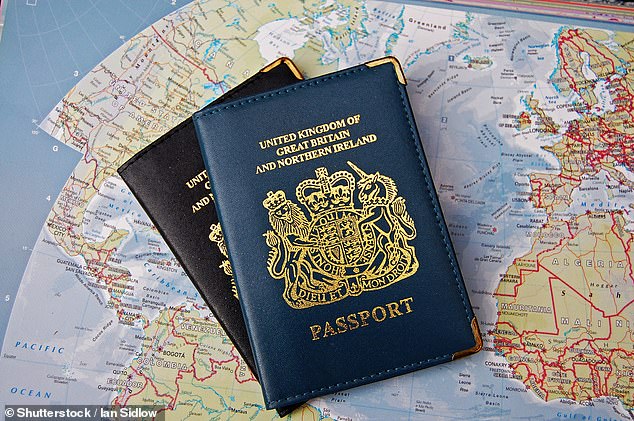The world’s most powerful passport has been revealed in the Henley Passport Index.
The quarterly-ranking measures how strong a passport is by the number of countries it grants visa-free access to.
The Henley Passport Index analyses data from the International Air Transport Authority (IATA) and looks at 199 different passports and 227 destinations.
And the most powerful passport in the world is Singapore, which grants holders entry to 193 destinations worldwide.
In second place is South Korea, with access to 190; followed by Japan, with 189.
Tied in fourth place, with access to 188 countries, are Germany, Italy, Luxembourg, Spain and Switzerland.
In joint-fifth place, granting entry to 187 countries, are Austria, Belgium, Denmark, Finland, France, Ireland and Netherlands.
Meanwhile, the UK has fallen from sixth place to eighth, where it’s tied with Croatia, Estonia, Slovakia, Slovenia and United Arab Emirates.

The world’s most powerful passport has been revealed in the Henley Passport Index
All of these passports grant easy access to 184 countries and territories of the 224 tracked by the index.
And for the first time in its 20-year history, the United States passport has fallen out of the top 10 – all the way down to 12th place, where it’s tied with Malaysia.
Both passports allow visa-free travel for just 180 countries.
Though both the UK and America’s rankings may seem high, the UK passport ranked as the most powerful in 2013 and 2015, and USA was the most powerful in 2014.
However, since Brexit, the UK’s document has continued to fall down the list.
At the bottom of the list, in 106th place, is Afghanistan, as the passport gives visa-free access to just 24 destinations – two less than at the beginning of the year.
Syria is in 105th place (with 26 destinations) and Iraq is just ahead, with 29 destinations.
The ranking comes after the new entry-exit border check system came into force over the weekend across Europe.

The most powerful passport in the world is Singapore, which grants holders entry to 193 destinations worldwide
The digital system began on October 12 for arrivals into the EU.
It will require non-EU passport holders and those crossing Schengen borders to provide biometric data and fingerprints.
Passengers will need to scan their passports from now onwards at an automated self-service kiosk.
The system replaces passport stamping for visitors to Europe’s Schengen area, and is being rolled out slowly over the next six months.
This article was originally published by a www.dailymail.co.uk . Read the Original article here. .

